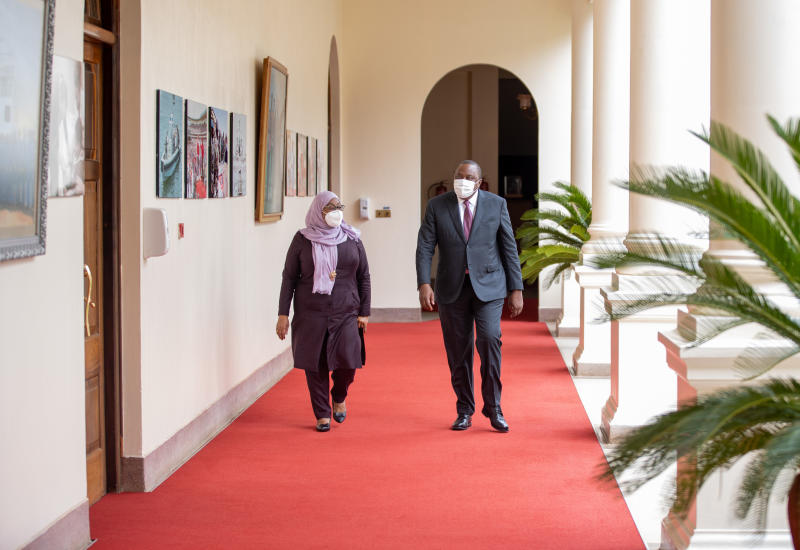
Tanzania’s President Samia Suluhu’s two-day visit to Nairobi this week speaks of a leader who has hit the ground running. She has taken over an office with an in-tray in overflow, both with matters domestic and regional. If her visit to Nairobi is the sign of things to come, she has demonstrated that she is more than equal to the assignment. She gives the impression of someone who has arrived readymade for the challenges ahead. They are not simple challenges, however. East Africa is historically a diplomatic minefield, while Tanzania has a lot of pending tasks from past regimes.
In the region, President Suluhu’s nascent charm offensive might very well be the wake-up call that East Africa has been waiting for. Kenya, Uganda and Tanzania have grown up on a diplomatic diet that is rich in suspicion, mistrust and toxic sibling rivalry. They habitually come together for a season, only to disengage again. They have historically squandered great opportunities in needless cold wars. Vindictive trade practices and diplomatic faux pas have formed the mainstay of the region’s historical narrative, complete with intermittent border closures, or threats to close.